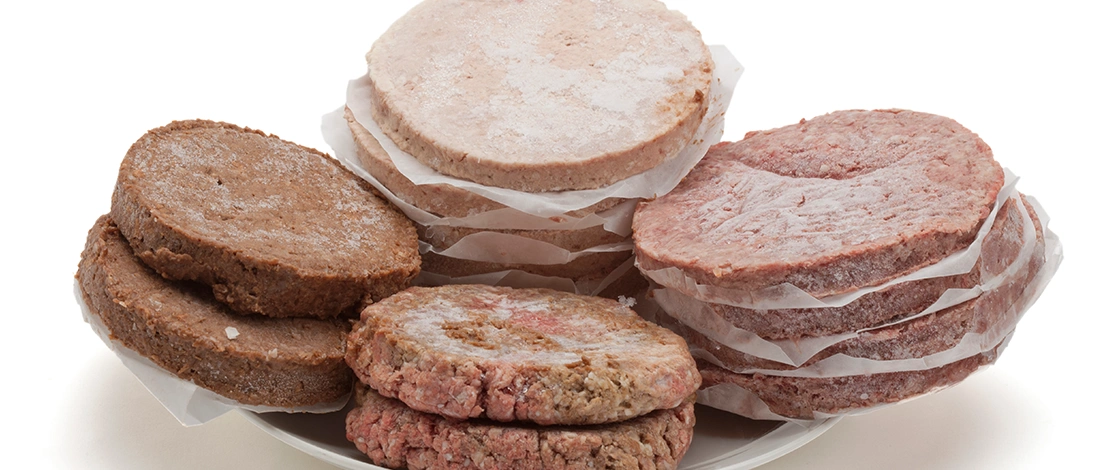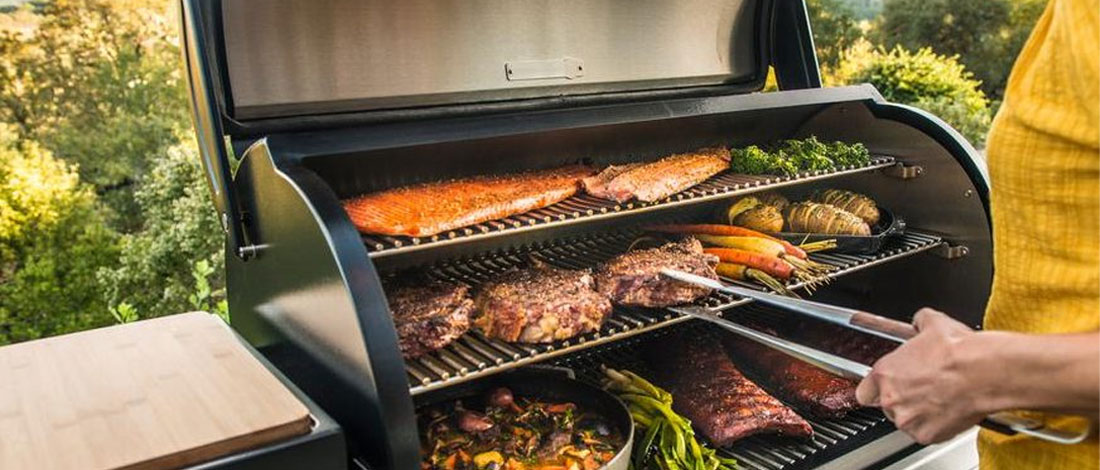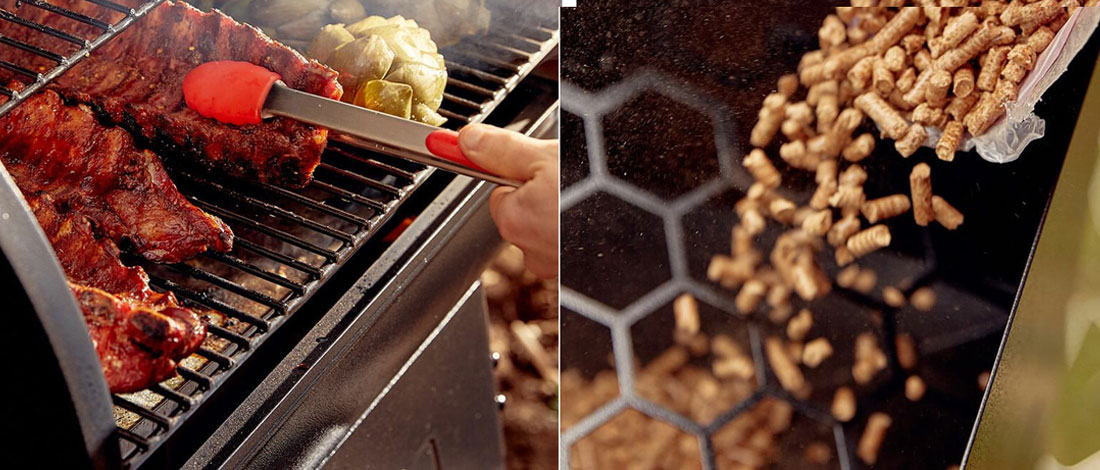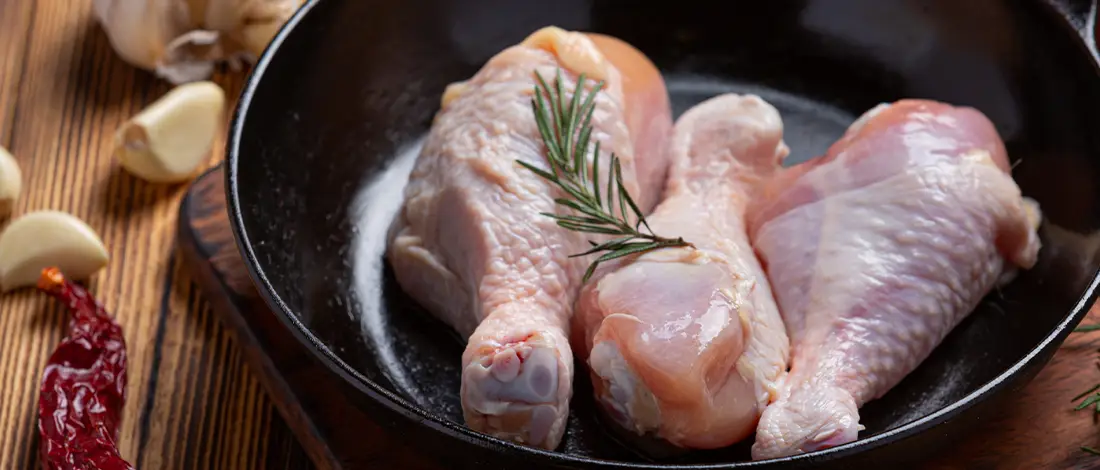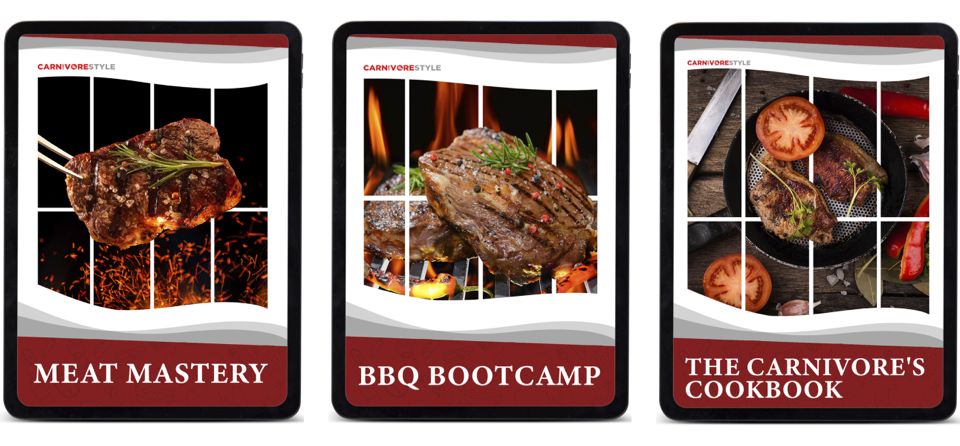When grilling season comes around, you want to be prepared and know how to grill the perfect burger. It is easy enough to prepare and cook them once you know what you’re doing, and they are a staple to many backyard barbeques.
At times, though, one is left with patties that are too dry or brittle, and various factors contribute to this. We've done our homework so you can have peace of mind as we guide you through the best burger grilling practices.
Quick Summary
- Grilling burgers involves selecting the right meat (80/20 ground beef mix), preparing the patties, and choosing the type of grill.
- Make sure the grill is properly prepped before putting the burgers on.
- According to a 2011 post from the Minnesota Department of Health, it is recommended to cook ground beef to an internal temperature of 160°F, which is the same for chicken burgers.
- Flipping burgers frequently can lead to more evenly cooked results, and pressing down on patties should be avoided to retain juiciness.
Grilling burgers is always fun over the summer holidays, but it can even be something one does during the normal workweek, as they do not take much time and effort.
What you want to know, though, are the steps you ought to follow, along with helpful tips, to improve your burger grilling game. So, to learn more, be sure to read on.
1. Selecting The Right Meat For Your Burgers
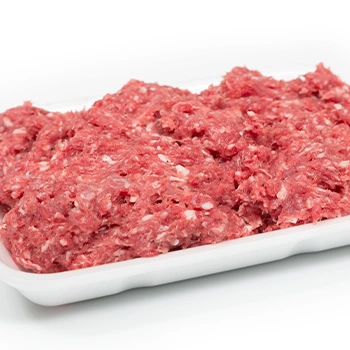
When it comes to burger patties, you can purchase premade ones that come packaged and frozen.
However, nothing tastes quite like homemade patties, which you have prepared with love and care for your friends and family.
So what should you purchase to make them? You want to look for ground beef with an 80/20 mix.
This indicates that the meat is 80 percent lean beef with 20 percent fat. Although extra-lean ground beef patty blends are healthier, they are far more likely to fall apart once cooked.
This would include the likes of something like a 90/10 ground sirloin. So you rather want to opt for ground chuck, as this will yield the best results.
It is possible to mix the two or speak to your butcher about buying a tailored blend with a slightly lower fat percentage; however, the 80/20 ratio seems to be where the sweet spot sits.
If you decide to go lower, try to keep it above 15% fat still, as this will ensure its moisture, taste, and ability to stay together.
If you decide that you do not particularly like this cut, then an option you can go with is to choose a different (lower) percentage, but then add butter to the mix.
This will ensure that the fat and moisture of the patties match that which is advised. You may need to gauge this, but you'll roughly need 1 stick per 1 ½ pounds of meat.
Related: Ground Chuck vs Ground Beef
2. Making And Preparing Your Burgers
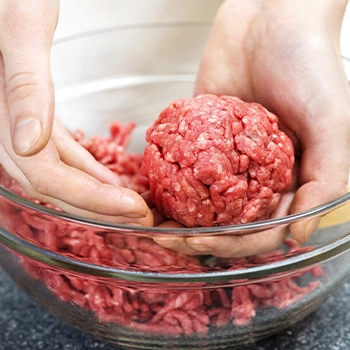
When you mold the beef into the patties, the key is to complete this process as quickly as possible.
This is because the warmth from your hands, in combination with the room temperature, will cause the fat to melt.
This means there will be less fat to aid in the binding of the lean meat.
If you wish to add seasoning to the patties before grilling them, now is the time to mix it in.
Be sure, though, not to overdo it, as too much seasoning can cause the patties to become flaky.
Once you are done making your patties, put them into a container, and be sure to refrigerate them until it comes time to grill them.
Read More: Big Az Burgers Review
3. What Type Of Grill Should You Choose?
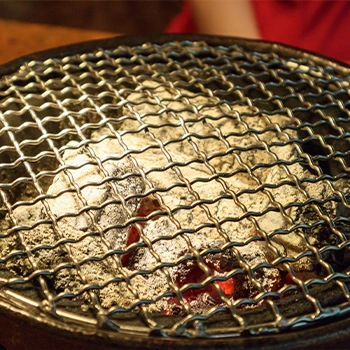
You have two options in terms of grills, and people have been debating which is better for more than enough time. There are pros and cons to charcoal (and wood) and gas grills.
We'll give you a few points to consider, but the final choice comes down to personal preference at the end of the day.
Charcoal grills will infuse far more of a smoky essence into your burgers, and you will experience a greater amount of charring.
There is also a far greater chance of searing occurring, and once again, you will find people arguing about whether that is desirable or not.
Charcoal grills typically take longer to be prepped for the meat, but they tend to offer an even temperature above all the coals if spread out properly.
However, controlling the temperature is much more difficult, and you can do this far more easily with a gas grill, where you simply need to adjust a knob.
The gas also heats up faster than the coals; however, what you are likely to experience with gas is that there are unevenly spaced heat spots.
This means that you may have to move the patties around more than you would with a charcoal grill.
In the end, gas is easier than charcoal, and you are also left with far less of a mess to clean up afterward. In the end, though, it is possible to make perfectly delicious burgers on both types of grills despite the slight differences.
4. Preparing Your Grill For The Hamburgers
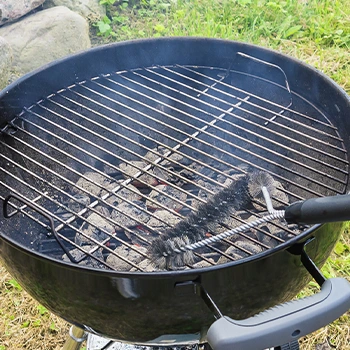
Before you begin cooking your patties, the first thing you need to take into account is the state of your grill.
Yes, the flames will likely aid in cleaning any residue left from past meals, but the best practice is to scrub the grill grates with a grill brush before commencing.
Then, just as you would if you were cooking with a skillet, it is a great idea to add oil to the grill to ensure against the patties sticking to it.
We suggest using olive oil here for a healthier option but note you won't need much. Place some on a folded paper towel and rub it over the grates until well-oiled.
Related: Seasoning a Charcoal Grill
5. How Long Should Your Burgers Stay On The Grill?
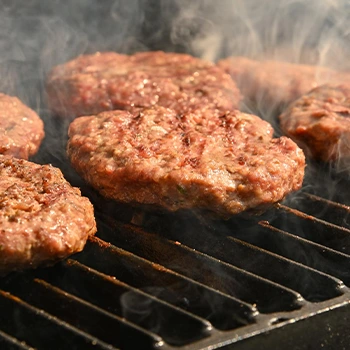
It is possible to cook one's patties for different periods and at different temperatures to obtain varying levels of doneness; however, we must make you aware that there are recommended guidelines stipulated by the USDA.
Cooking your burgers to lower degrees of doneness should be done at your discretion.
The temperatures that follow are those that will ensure that any harmful bacteria are killed.
According to a 2011 post from the Minnesota Department of Health, it is recommended to cook ground beef to an internal temperature of 160°F, which is the same for chicken burgers [1].
If you make burgers from ground turkey, they should reach 160°F to 165°F [2].
It is advisable to insert the meat thermometer into the side of the burger rather than the top, as this will offer a more accurate reading.
Be aware that the time it takes for the burger to reach the desired temperature will depend on the grill's heat and the thickness of the patty.
When cooking beef patties, you may wish to cook them to different levels of doneness but do note that this is not always recommended.
For varying levels of doneness, see below the suggested times/ internal temperatures:
- Rare – cook for a total of 4 minutes (125°F)
- Medium-rare – cook for a total of 5 to 6 minutes (130°F to 135°F)
- Medium – cook for a total of 7 to 8 minutes (140°F to 145°F)
- Medium-well – cook for a total of 9 minutes (150°F to 155°F)
- Well done – cook for a total of 10 minutes (160°F to 165°F)
6. How Often Should You Flip Your Burgers?
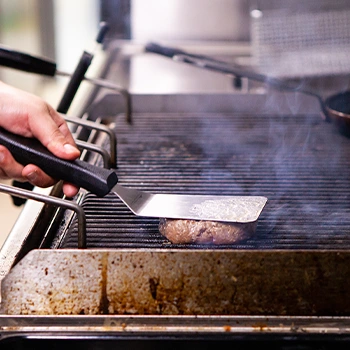
The advice regarding how often you should flip your patties used to be to keep it to as few times as possible.
It was previously recommended that you place your burgers on the grill once it is hot enough and then only flip them once.
So if you were making them well done, you would let them cook for 5 minutes, flip them, and then leave them to cook for the final 5 minutes.
However, this has changed, and the experts would advocate differently nowadays. It is believed that flipping them roughly every minute ensures a more evenly cooked burger.
One thing you want to avoid, though, regardless of which method you decide to opt for, is that once you flip the patties, you ought not to press them down.
This will lead to the fat being squeezed out, ultimately making them drier, and it could lead to them sticking to the grill.
Related Articles:
Blue Cheese and Bacon Stuffed Burgers Recipe
- Prep Time: 15 minutes
- Cook Time: 10 minutes
- Total Time: 25 minutes
- Servings: 4 burgers
Ingredients
- 1 lb. ground beef
- 4 slices of crispy bacon
- 1/2 cup crumbled blue cheese
- 1 tsp. Worcestershire sauce
- 1/2 tsp. salt
- 1/2 tsp. black pepper
- 1 tbsp. olive oil
- 1/2 onion, chopped
- 4 slices American or Jack cheese
- 4 burger buns
- Butter for onions and buns
- Arugula lettuce, tomato, pickles, ketchup,
mayonnaise, or your favorite toppings
Instructions
- Combine ground beef, Worcestershire sauce, salt, and pepper in a large bowl. Mix well.
- Cook the bacon. When cool, chop or crumble it into small bits.
- Divide the ground beef mixture into eight equal parts and form into balls. Flatten the balls into 1/2-inch thick burger patties.
- Take the patties and create a small indentation with your thumb. Place blue cheese crumbles (about 1 tablespoon) in the indentation, then sprinkle with crumbled bacon. Cover with another of the beef patties. Seal the edges well, making sure the bacon and cheese stuffing is completely covered.
- Heat the grill to medium-high heat.
- Brush both sides of the burger patties with olive oil and place on the hot grill. Cook for five minutes on one side, and then flip the patties over. Cook for five more minutes or until the desired doneness is reached. The USDA recommends the internal temperature reach 160°F for food safety [3].
- While the burgers are cooking, heat a pan over medium heat. Add the chopped onions and butter and cook until caramelized, stirring occasionally.
- Place a slice of Jack or American cheese on top of each burger patty during the last minute of cooking until the cheese melts.
- Butter the burger buns and place them on the grill, butter-side down, until the bun is golden brown.
- To assemble the burgers, place a burger patty on the lower half of the bun, add the caramelized onions and any other desired toppings (such as lettuce, tomato ketchup, or mayonnaise), then add the upper half of the bun. Salt and pepper to taste.
- Serve immediately while the meat and buns are still warm.
Mastering the Art of Grilling Burgers
References:
- https://www.health.state.mn.us/people/foodsafety/cook/cooktemp.html
- https://diet.mayoclinic.org/us/motivational-tips/recipe-collections/chef-jen-s-favorites/turkey-burgers/
- https://ask.usda.gov/s/article/To-what-temperature-do-I-cook-ground-meat



